
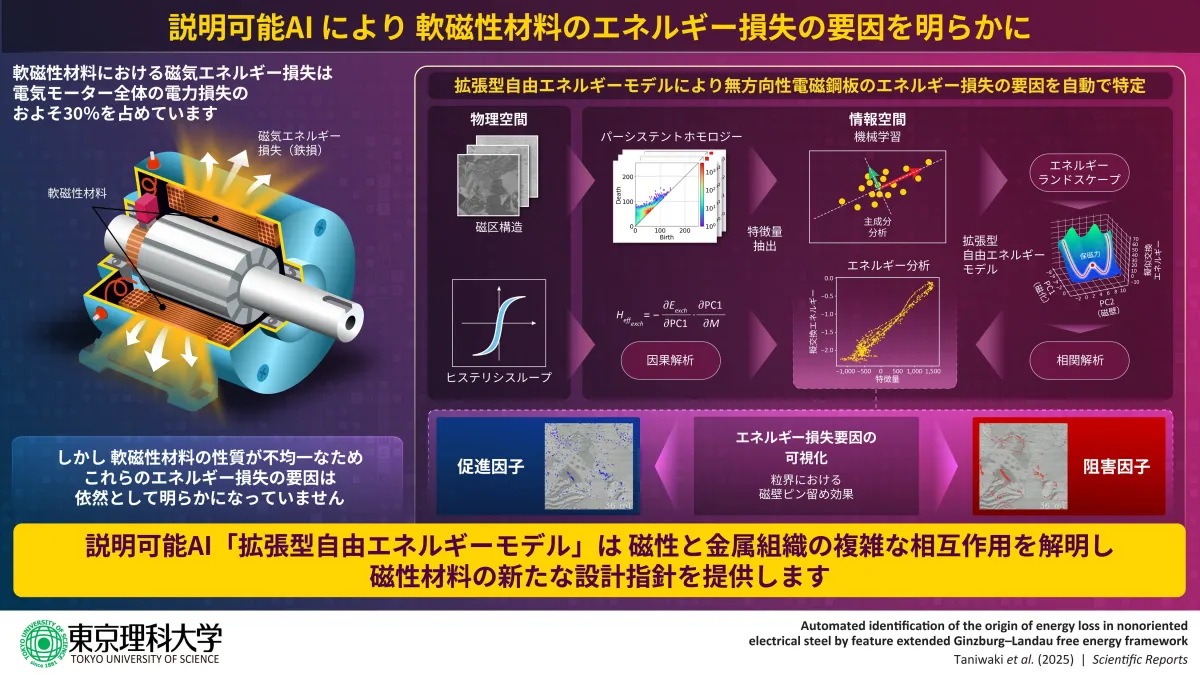
Exploring Energy Loss in Magnetic Materials with Next-Gen AI for EV Development
Introduction
In a groundbreaking study, researchers from the Tokyo University of Science have utilized a next-generation explainable AI model called the Extended Ginzburg-Landau Free Energy Model to investigate energy losses in magnetic materials. This research specifically targets non-oriented electrical steel (NOES), a practical material used in electric vehicle (EV) motors. Energy losses in these materials significantly contribute to decreased efficiency in motors, representing about 30% of total losses, equivalent to approximately 600 million tons of CO₂ emissions globally each year. Understanding these losses is essential for the advancement of energy-efficient technologies.
Research Overview
The research team, led by Michiki Taniwaki and Professor Masato Kotsugi, aimed to uncover the mechanisms behind energy losses in magnetic materials. This innovative AI model merges concepts of topology and thermodynamics, allowing for a visual representation of energy loss locations directly on microscope images. By doing so, the researchers successfully differentiated the roles of complex magnetic walls, which were previously grouped together, marking a world-first achievement in this domain.
The Extended Ginzburg-Landau Model serves as a versatile tool, paving the way for future applications in various energy materials, including those found in semiconductors and batteries. The objective is to optimize energy usage and contribute to the realization of a sustainable society through the development of efficient energy materials.
Methodology
In this research, NOES was closely analyzed to identify energy loss locations using advanced microscopy techniques. The team obtained 800 high-resolution images, which they quantified using Persistent Homology (PH), a new mathematical topology concept. This enabled them to construct a dataset of features, complicated yet essential for understanding where energy losses occur.
To make sense of this dataset, the team employed Principal Component Analysis (PCA), a white-box machine learning method that extracts and interprets fundamental characteristics. This process clarified when and where energy losses arise within the structure. The application of this method revealed phenomena, such as magnetic walls becoming pinned due to impurities within the material, affecting the magnetic domain structure.
Key Findings
One of the significant outcomes of this research was the ability to trace macroscopic energy losses back to microscopic magnetic domain structures. The team distinguished between enhancing and hindering factors in the domain structure, shedding light on how energy losses are influenced by more granular magnetic wall behaviors. Specifically, they determined that seemingly identical walls could perform different functions, highlighting the efficiency potential this study aims to unlock.
Future Prospects
The Extended Ginzburg-Landau Model is more than a research finding; it represents a promising method for enhancing various functional materials beyond magnetic materials. The model’s ability to connect micro- and macro-scale characteristics makes it adaptable to numerous applications, tackling numerous challenges in the realm of energy materials. This research paves the way for advancements in green technology, addressing critical societal concerns through innovative material development.
Conclusion
Led by Michiki Taniwaki, this innovative approach serves as a pioneering example of how explainable AI can contribute to understanding complex physical phenomena, ultimately aiming to enhance energy efficiency in electric vehicles. As research progresses, the application of these findings holds significant promise for future sustainability efforts.
References
This study is detailed in the paper titled "Automated identification of the origin of energy loss in nonoriented electrical steel by feature extended Ginzburg–Landau free energy framework," published in Scientific Reports. The research was supported by various academic grants and institutions, underscoring the collaborative efforts in advancing this critical field of study.
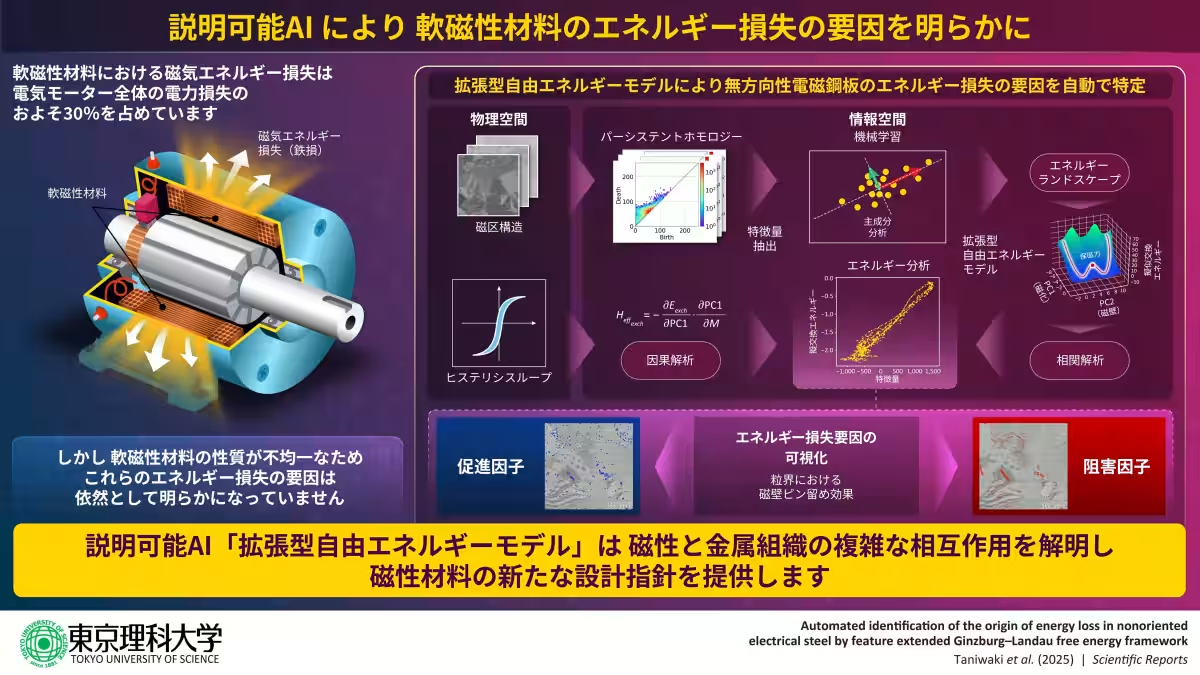
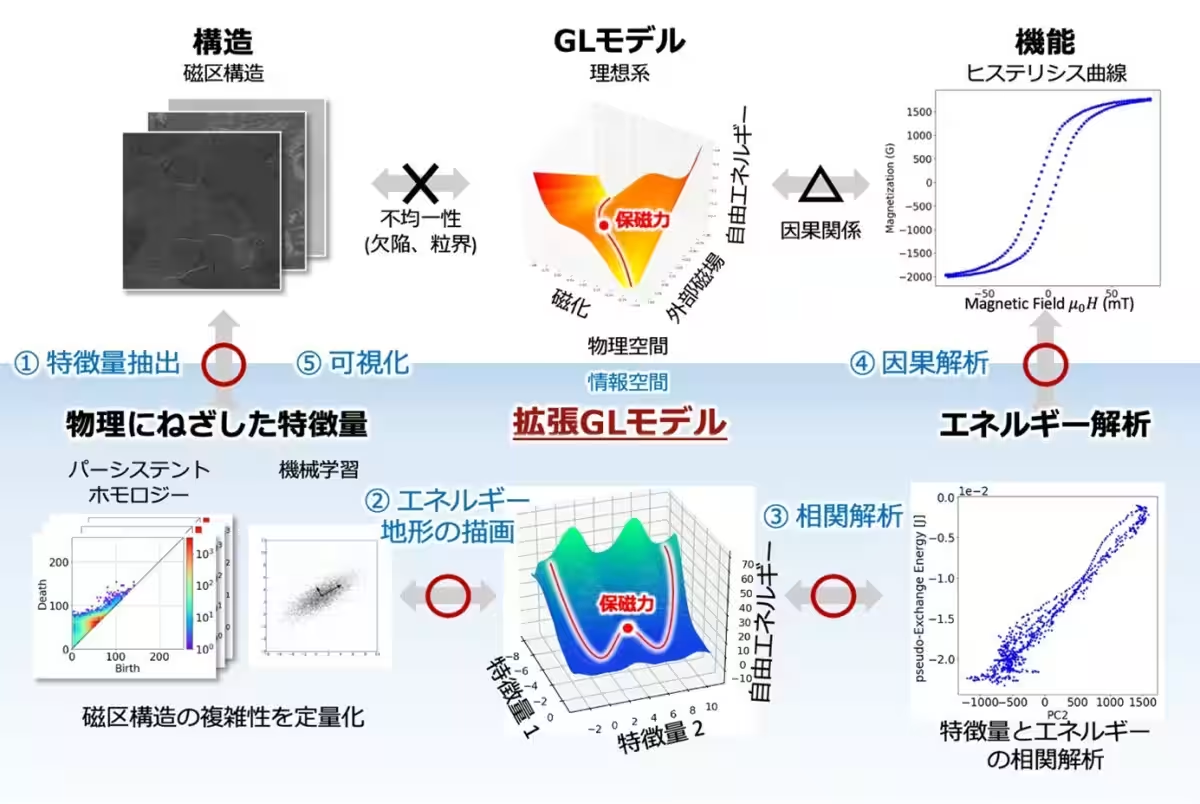
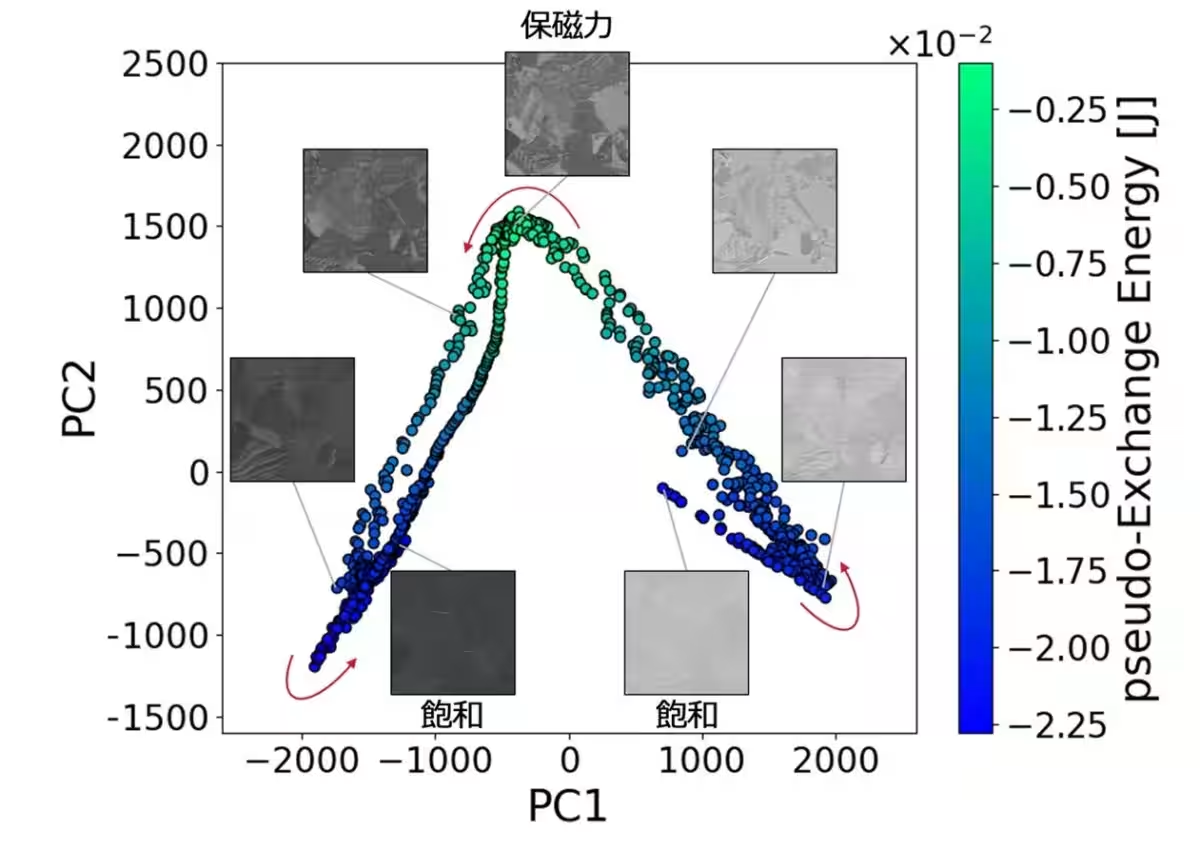
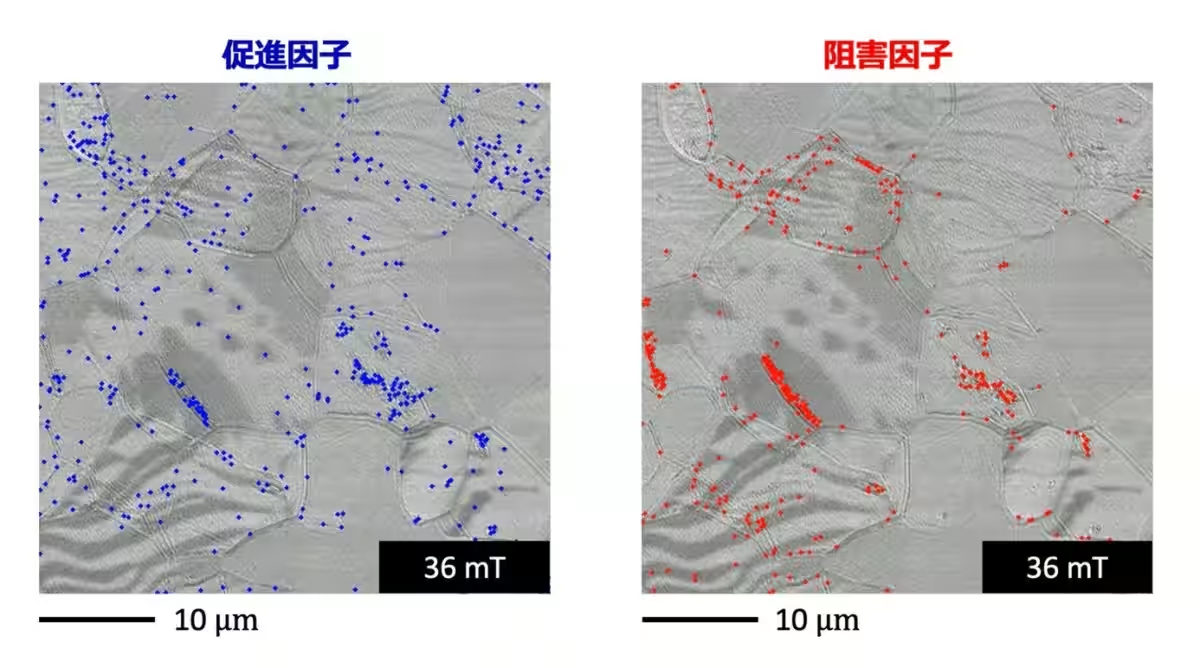
Topics Consumer Technology)










【About Using Articles】
You can freely use the title and article content by linking to the page where the article is posted.
※ Images cannot be used.
【About Links】
Links are free to use.